In January 2011 the Planck collaboration released the first science results. These did not cover any cosmology, but related to our galaxy and other galaxies. Below is a brief description of all the results, along with a link to the 26 scientific papers that were published.
The Planck Mission and its Instruments
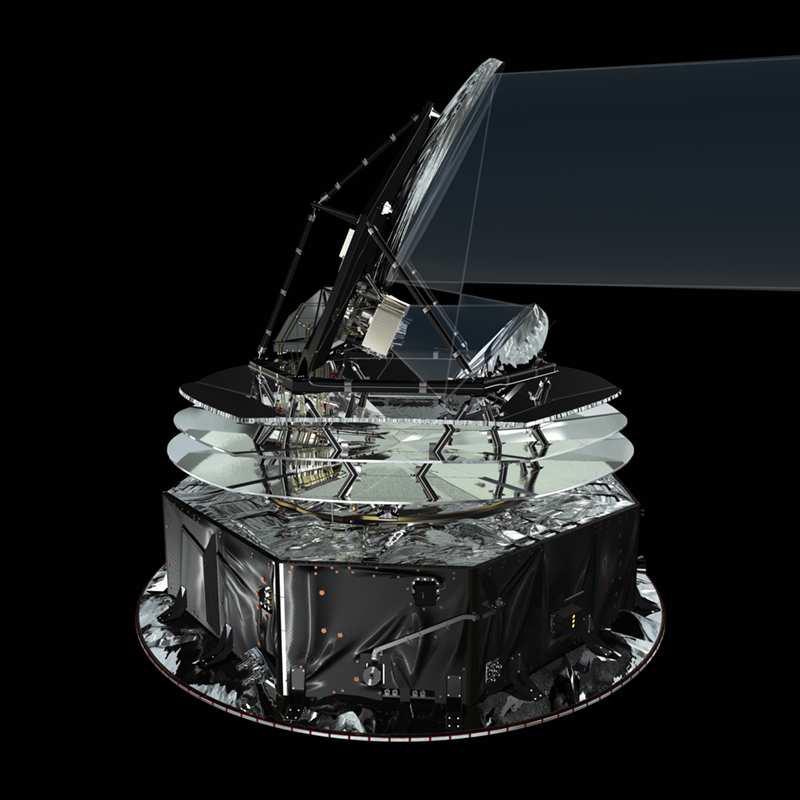
After launch, the teams working on Planck instruments spent several months checking that everything worked and configuring all the relevant components for operation in space. The performance of the spacecraft and all the instruments either met or exceeded expectations, and the teams coudl work on analysing the data. While many of the processes were written before launch, there are many adjustments necessary to work with the real data – something that’s simply not possible from ground-based tests.
- Planck early results. I. The Planck mission
- Planck early results. II. The thermal performance of Planck
- Planck early results. III. First assessment of the Low Frequency Instrument in-flight performance
- Planck early results. IV. First assessment of the High Frequency Instrument in-flight performance
- Planck early results. V. The Low Frequency Instrument data processing
- Planck early results. VI. The High Frequency Instrument data processing
Early Release Compact Source Catalogue
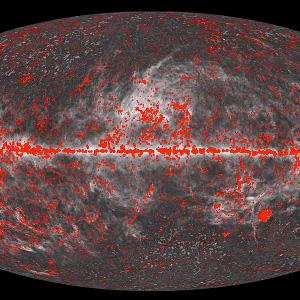
As it scans the sky, Planck sees many objects that are very small and very bright. A full catalogue of these, called the “Early Release Compact Source Catalogue” has been published. Some of the objects are clumps of dust in our own Galaxy, the first stages of star formation. The remaining sources are primarily other galaxies – many of which have very active black holes at their centres which cause the galaxy to emit very bright radio waves. Some of these galaxies are relatively close, while others are at great distances across the Universe. A number of scientific papers were published:
- Planck early results. VII. The Early Release Compact Source Catalogue
- The Explanatory Supplement to the Planck Early Release Compact Source Catalogue
- Planck early results. XIII. Statistical properties of extragalactic radio sources in the Planck Early Release Compact Source Catalogue
- Planck early results. XIV. ERCSC validation and extreme radio sources
- Planck early results. XV. Spectral energy distributions and radio continuum spectra of northern extragalactic radio sources
- Planck early results. XVI. The Planck view of nearby galaxies
- Simultaneous Planck, Swift, and Fermi observations of X-ray and gamma-ray selected blazars
Galaxy Clusters
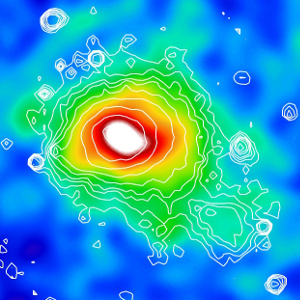
Many of the Planck initial results involve the study of clusters of galaxies. The clusters contain huge amounts of very hot gas, and as the light from the cosmic microwave background passes through the gas on its way to Earth it is energised – an effect known as the Sunyaev-Zel’dovich effect. This allows massive galaxy clusters, such as the Coma Cluster seen on the left, to be detected at huge distances across the Universe.
Planck is an ideal instrument for finding candidates for galaxy clusters all over the sky, and they are confirmed through x-ray observations with ESA’s XMM-Newton satellite. There were a number of papers published on galaxy clusters:
- Planck early results. VIII. The all-sky early Sunyaev-Zeldovich cluster sample
- Planck early results. IX. XMM-Newton follow-up for validation of Planck cluster candidates
- Planck early results. X. Statistical analysis of Sunyaev-Zeldovich scaling relations for X-ray galaxy clusters
- Planck early results. XI. Calibration of the local galaxy cluster Sunyaev-Zeldovich scaling relati
- Planck early results. XII. Cluster Sunyaev-Zeldovich optical scaling relations
- Planck early results. XXVI. Detection with Planck and confirmation by XMM-Newton of PLCK G266.6-27.3, an exceptionally X-ray luminous and massive galaxy cluster at z~1
More results on this were published in the Intermediate Science Results.
Our own Galaxy
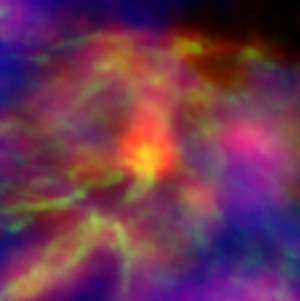
As well as the Cosmic Microwave Background, Planck can make a full map of our own Galaxy at microwave and millimetre wavelengths. This allows it to map out the different types of material that lie between the stars. This primarily includes electrons spiralling round magnetic fields and through hot gas, as well as tenuous clouds of dust within which stars are forming. Some of the coldest, densest clumps of dust are collapsing to start the first stages of star formation, and form an “Early Cold Cores Catalogue“.
Planck can also help reveal some less well understood types of emission. This includes “anomalous microwave emission”, now known to be tiny spinning dust grains around dense dusty cores, such as the Rho Ophiuchus region, shown on the left, and the Perseus Molecular Cloud. Planck has also identified the presence of molecular hydrogen gas, which emits very little light – hence its nickname “dark gas” – but is visble through its effects on light from interstellar dust.
- Planck early results. XVII. Origin of the submillimetre excess dust emission in the Magellanic Clouds
- Planck early results. XIX. All-sky temperature and dust optical depth from Planck and IRAS – constraints on the “dark gas” in our Galaxy
- Planck early results. XX. New light on anomalous microwave emission from spinning dust grains
- Planck early results. XXI. Properties of the interstellar medium in the Galactic plane
- Planck early results. XXII. The submillimetre properties of a sample of Galactic cold clumps
- Planck early results. XXIII. The first all-sky survey of Galactic cold clumps
- Planck early results. XXIV. Dust in the diffuse interstellar medium and the Galactic halo
- Planck early results. XXV. Thermal dust in nearby molecular clouds
Cosmic Infrared Background
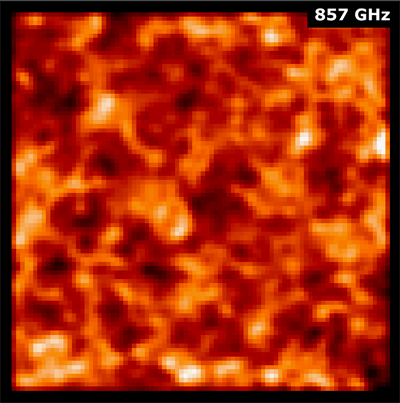
Once the light from the Cosmic Microwave Background, gas and dust in our Galaxy, and those sources in the Early Release Compact Source Catalogue has been accounted for, there is still something left in the Planck images. This is called the “Cosmic Infrared Background”, and is the light from millions of very distant galaxies, so far away that their combined light is blurred into the image seen on the left. Planck is able to measure the Cosmic Infrared Background at longer wavelengths than ever before, and so can see the light from galaxies at an earlier time.